Top 30 dwarf and carpet plants for the foreground of planted tanks
The foreground is the most important part of the planted aquarium that makes choosing plants for this position a bit complicated. Not all plants are suitable for the foreground. In this article, you’ll see some of the common dwarf plants that can be used as carpet plants or small bushes to create an attractive foreground.
- Alternanthera reineckii 'Mini'
- American Shoreweed - Littorella uniflora
- Banana plant - Nymphoides aquatica
- Chain Sword - Echinodorus quadricostatus
- Cryptocoryne parva
- Crystalwort - Riccia fluitans
- Downoi - Pogostemon Helferi
- Dwarf Cardinal Plant - Lobelia Cardinalis
- Dwarf Hairgrass - Eleochalis acicularis
- Dwarf Hairgrass - Eleocharis parvula
- Dwarf Hygrophila - Hygrophila 'Araguaia'
- Dwarf baby tear - Hemianthus callitrichoides 'Cuba'
- Dwarf Four Leaf Clover - Marsilea Hirsuta
- Dwarf Sag - Sagittaria Subulata
- Eriocaulon Cinereum
- Glossostigma Elatinoides
- Grass Leaved Bladderwort - Utricularia Graminifolia
- Gratiola Viscidula
- Japanese Dwarf Pennywort - Hydrocotyle Tripartita
- Java Moss - Taxiphyllum Barbieri
- Large pearl grass - Micranthemum 'Monte Carlo'
- Marimo moss ball - Cladophora aegagropila
- Micro Sword - Lilaeopsis brasiliensis
- Moneywort - Bacopa monnieri 'Compact'
- Pearlweed - Hemianthus micranthemoides
- Pellia moss - Monosolenium tenerum
- Pygmy Chain Sword - Echinodorus tenellus
- River Buttercup - Ranunculus inundatus
- Staurogyne repens
- Whorled marsh pennywort - Hydrocotyle verticillata
Alternanthera reineckii ‘Mini’
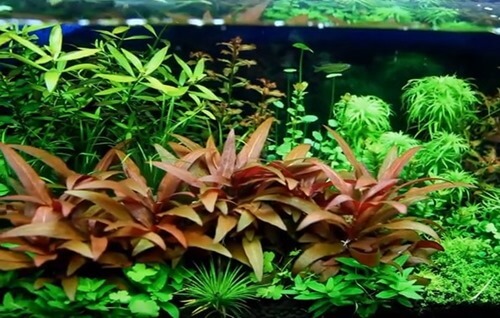 Alternanthera reineckii 'Mini' #ad
Alternanthera reineckii 'Mini' #ad
- Position: carpet, foreground, midground
- Care level: medium
- Growth: medium
- Height: 2 – 4+ inches (5 – 10+ cm)
- Lighting: medium
- CO2: medium
The Alternanthera reineckii ‘Mini’ is an ideal foreground or midground plant for most aquariums. The bold red color is an eye-catching and ideal focal point in most aquascapes.
It requires moderate to strong lighting with CO2 injection to get the best health and vibrant colors. The addition of nutrients from substrate and liquid fertilizer will help maintain the lushness.
American Shoreweed – Littorella uniflora
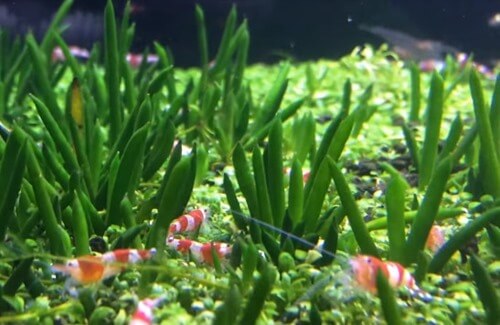
- Position: foreground, nano tanks
- Care level: easy
- Growth: slow
- Height: 1.2 – 2+ inches (3 – 5+ cm)
- Lighting: low
- CO2: low
American Shoreweed is a slow-growing aquatic plant making it a great foreground plant. It can also serve as a lawn but because of its low growth rate, you should mix it with other faster-growing carpet plants for quicker coverage.
It is slow in growth and accepts low light. Each of its rosettes should be at least an inch apart while being planted. Once settled in, it will send runners from each planted rosette and plantlets will develop on them.
Banana plant – Nymphoides aquatica
- Position: foreground, nano tanks
- Care level: medium
- Growth: medium
- Height: 6+ inches (15+ cm)
- Lighting: medium
- CO2: medium
The banana plant is also known as the banana lily. The plant got its name from its cluster of thick banana-shaped roots or tubers. These tubers store essential nutrients to nourish the plant.
It is fairly easy to care for, just place the tubers on the substrate or leave the plant free-floating around the tank. Do not bury the tubers or they will be rotten.
Once settled, the plant will develop longer and thinner roots to get what it needs from the substrate. Its leaves will be floating at this stage, too. When the plant is fully settled and can get all necessary nutrients from the roots and leaves, the ‘bananas’ will disappear.
I like to grow banana plants in my Betta fish tanks which have gravel substrate and low lighting. This will maintain the banana-shaped roots for a longer time.
Chain Sword – Echinodorus quadricostatus
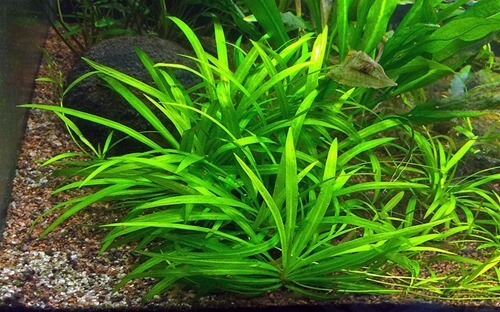
Image by Tommy Kronkvist
- Usages: high carpet, foreground, midground
- Care level: easy
- Growth: fast
- Height: 4 – 6+ inches (10 – 15+ cm)
- Lighting: low
- CO2: low
The Echinodorus quadricostatus originates from central and south America. It is commonly known as the wide leaf chain sword. It has light green leaves and grows up to 6 inches in length. It does pretty well as a foreground plant in large planted tanks. It is relatively easy to plant and easy to keep.
Cryptocoryne parva
- Position: foreground, carpet
- Care level: medium
- Growth: slow
- Height: 2 – 4+ inches (5 – 10+ cm)
- Lighting: medium
- CO2: low
Cryptocoryne parva is considered to be the smallest species of Cryptocoryne since it only grows between 2 to 4 inches long. This makes it an excellent foreground plant. Its leaves have a distinct green, grass-like appearance that creates a wonderful carpet-like look when it matures.
This plant is considered to be a little difficult to grow. The growth duration is quite slow compared to other Cryptocoryne plants. It requires careful maintenance during its early days to achieve a dense carpet-like look.
Furthermore, this plant requires more light than other foreground plants. If possible, make sure not to move it once it is planted, or else it might rot or wither.
Crystalwort – Riccia fluitans
- Position: carpet, foreground, midground, floating
- Care level: medium
- Growth: medium
- Height: 1.2 – 2+ inches (3 – 5+ cm)
- Lighting: medium
- CO2: medium
Crystalwort is a popular foreground plant for freshwater aquarium enthusiasts. Its appearance can be described as a thick clump of vibrant green threads.
Similar to other aquarium moss species, this does not have a true root structure, but it can eventually anchor itself on surfaces after a time.
To prevent it from floating away, you can collect it with a hairnet and wrap it around driftwood or stones. This will help keep it submerged and in place. When it’s weighed down, it can grow as a cushion that not only gives a beautiful effect on the aquarium but can also serve as shelter for baby fishes.
This plant can grow up to 2 inches long, and it requires a medium amount of light. You don’t need to be an expert to grow this plant, but it does require some care and maintenance to keep the plant from floating.
Downoi – Pogostemon Helferi
- Position: high carpet, foreground, midground
- Care level: medium
- Growth: medium
- Height: 1.2 – 4+ inches (3 – 10+ cm)
- Lighting: medium
- CO2: medium
Downoi is originally from Thailand. Its other name is “little star.” It has a distinct rosette shape with wavy leaves, and it is considered to be a beginner-proof plant because it’s easy to grow.
This plant can be planted in a substrate similar to other aquarium plants. You can also grow it on a porous rock or driftwood if you want a unique effect. If you want it to have a carpet-like look, it is suggested that you plant them around 2 inches away from each other.
Furthermore, this plant is fast-growing; thus, it requires more nutrients than other aquarium plants. It can grow up to 4 inches and above, and it thrives well with temperatures around 68-85 degrees Fahrenheit.
Dwarf Cardinal Plant – Lobelia Cardinalis
- Position: carpet, foreground, midground
- Care level: easy
- Growth: medium
- Height: 8 – 12+ inches (20 – 30+ cm)
- Lighting: low
- CO2: low
The Dwarf Cardinal plant is among the most popular aquarium plants in the hobby. It has a lovely, roundish leafy surface with a smooth texture, making it an excellent carpet, foreground, and midground plant.
This plant is excellent for beginners because it is easy to grow. It does not require a lot of trimming, and it is highly resistant to withering and rotting. It does not require a lot of lighting and CO2. However, if you want to grow faster, more light and CO2 supply would be necessary.
Furthermore, this plant’s growth speed is moderate. It can grow up to 8 to 12 inches tall which might be too high for some. But, you can easily trim it to get your desired look.
Dwarf Hairgrass – Eleochalis acicularis
- Position: carpet
- Care level: medium
- Growth: slow
- Height: 1.2 – 2+ inches (3 – 5+ cm)
- Lighting: medium
- CO2: medium
One of the most popular plants for creating a carpet is the Dwarf Hairgrass. Its dwarf profile makes it ideal for the foreground of nano tanks. The plant can create a beautifully decorated look for the foreground with a purely natural look!
When it comes to maintaining this grass plant, you do not need to worry about constant trimming because of its slow growth rate. However, it does require medium- to high-level lighting to stay fresh.
Dwarf Hairgrass – Eleocharis parvula
- Position: carpet, foreground
- Care level: easy
- Growth: fast
- Height: 3+ inches (7.6+ cm)
- Lighting: low
- CO2: low
If you are looking for a carpeting plant for your freshwater aquarium, then the Eleocharis parvula is among the most popular choices.
It gives the feel as same as the Eleochalis acicularis; however, it grows faster and requires less care making it ideal for beginners. With its rich green tint, this plant is bound to add a bright pop of color to your aquarium.
One of the biggest benefits of choosing this hairgrass is the minimum effort needed for maintenance. You can simply trim it on a weekly basis to catalyze full growth.
Dwarf Hygrophila – Hygrophila ‘Araguaia’
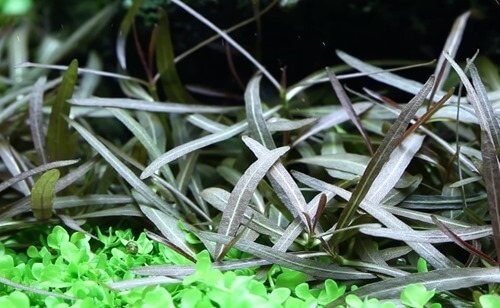
- Position: carpet, foreground
- Care level: medium
- Growth: medium
- Height: 4 – 8+ inches (10 – 20+ cm)
- Lighting: medium
- CO2: medium
The Hygrophila ‘Araguaia’ can be a wonderful addition to your planted aquarium. As an intermediate height plant, this plant variant displays a beautiful tint of red and purple under ideal growing conditions.
With its tightly knit, needle-shaped leaves, this plant can add a beautiful shade of colors and amplify the vibrant look of your aquarium. You will simply need to fertilize it properly to catalyze its growth.
Dwarf baby tear – Hemianthus callitrichoides ‘Cuba’
- Position: carpet, foreground
- Care level: advanced
- Growth: medium
- Height: 1.2 – 2+ inches (3 – 5+ cm)
- Lighting: high
- CO2: high
Dwarf Baby Tear is one of the most famous carpet plants. It is amongst the smallest plants of the aquatic ecosystem. Its short height makes it a perfect option for creating lush green carpet for small or large tanks.
Planting dwarf baby tear requires a lot of work and patience because of its small profile. Using tweezers is a must to pull the plant into the substrate. Supplying high light and CO2 is a must to keep the plant flourish.
Dwarf Four Leaf Clover – Marsilea Hirsuta
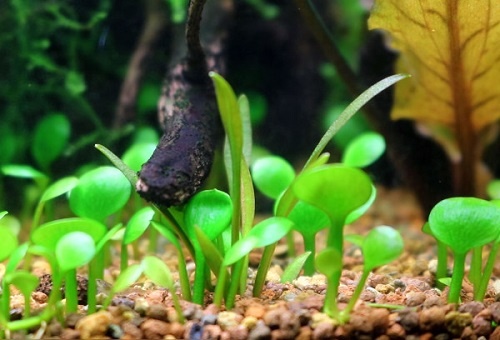
- Position: carpet, foreground, nano planted tank
- Care level: easy
- Growth: medium
- Height: 2+ inches (5+ cm)
- Lighting: low
- CO2: low
The Dwarf Four Leaf Clover is also known as “water clover.” The leaves of this plant are highly similar to the four leaves clover hence its name. When it’s submerged, the leaves will turn into a flattering oval shape, and after some time, it will begin to form a creeping rhizome.
This plant is typically made as a substitute for Glossostigma because it is more manageable to grow, making it beginner-friendly. It is commonly used as foreground and carpet plants. It is not demanding, so it can thrive in most aquarium conditions with little to no maintenance.
Furthermore, it grows at a moderate rate. It can grow up to 2 inches long once it hits its maturity period. It also does not require plenty of CO2 and lighting. However, if you use this plant as a carpet for your aquarium, adequate lighting is required because it tends to grow taller under low light.
Dwarf Sag – Sagittaria Subulata
- Position: midground, carpet in large tanks
- Care level: easy
- Growth: fast
- Height: 2 – 12+ inches (5 – 30+ cm)
- Lighting: low
- CO2: medium
The Dwarf Sag is also known as Narrow Leaf Sag. It is commonly used as a midground plant or carpet in large tanks. It is fairly easy to grow, making it very beginner-friendly.
The distinct feature of this plant is its bright green colored leaves. It can easily add extra depth to the overall appearance of your aquarium. For a more stunning result, it is best to have this planted beside driftwoods that look dim. However, avoid planting this plant too close to each other because it has thick leaves, and it might look too voluminous.
Also, take note that this is a fast-growing plant. It can grow from 2 inches up to 12 inches long, depending on the amount of light and CO2 you provide.
Eriocaulon Cinereum
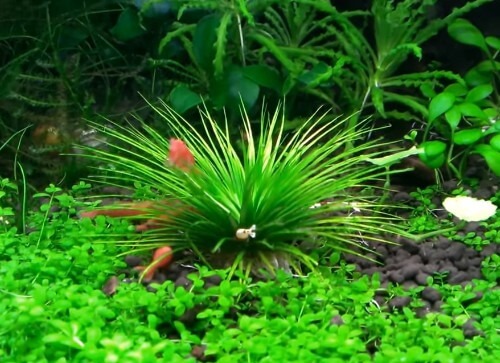
- Position: foreground, nano tank
- Care level: advanced
- Growth: slow
- Height: 1.2 – 4+ inches (3 – 10+ cm)
- Lighting: high
- CO2: high
The Eriocaulon Cinereum is commonly used for foreground and nano tanks. This can be a highly demanding plant, so it is not suitable for beginners.
Its distinct feature is its dense, bright green leaves. Compared to other aquatic plants, this grows at a slower rate, and it thrives better with soft water and bright lights. Although this plant can grow without adding CO2, it is highly recommended for faster and better growth.
Before planting this in your aquarium, make sure to remove dead leaves and flower stalks first. Then, cut the roots to around 1 inch long and carefully plant them by pulling the roots into the substrate using fine tweezers.
Glossostigma Elatinoides
- Position: carpet
- Care level: advanced
- Growth: fast
- Height: 1.2 – 2+ inches (3 – 5+ cm)
- Lighting: high
- CO2: high
The Glossostigma Elatinoides, also known as Glosso, is a fast-growing carpet plant for aquariums. It is commonly used for Dutch and Nature style aquariums. Although this is not that difficult to grow given that it has plenty of light, it does require significant maintenance to retain its green, lush appearance.
The plant can grow between 1 to 2 inches high. If you use more light and CO2, it has the potential to grow a dwarf and attractive carpet. It is also a fast-growing plant, so you don’t have to wait long until it fully covers your aquarium floor.
Take note that this plant can be quite sensitive. If your aquarium lacks the appropriate nutrients, the leaves can turn yellow instead of bright green.
Grass Leaved Bladderwort – Utricularia Graminifolia
- Position: carpet
- Care level: advanced
- Growth: medium
- Height: 1.2 – 4+ inches (3 – 10+ cm)
- Lighting: medium
- CO2: medium
Grass Leaved Bladderwort is an excellent carpet aquarium plant for advanced hobbyists. It is named as such because of its dense, needle-like leaves that create a striking ground cover as it settles in.
This plant is a little more challenging to grow compared to other aquarium plants. It requires a moderate amount of CO2 and lighting. It also grows moderately and can be as tall as 1 to 4 inches long. For easier planting, divide the plant into small clumps and put them deep into the substrate.
Gratiola Viscidula
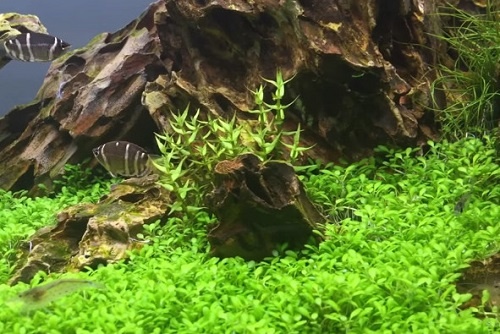
- Position: Foreground, Midground
- Care level: Medium
- Growth: Slow
- Height: 1.2 – 4+ inches (3 – 10+ cm)
- Lighting: Medium
- CO2: Medium
Gratiola Viscidula is commonly used as a foreground or midground plant. It is considered to be moderately difficult to grow because it requires a moderate amount of CO2 and lighting.
What sets the Gratiola Viscidula different from others is its leaves. It has a distinctly thorny shape that makes it so recognizable. Its light green color is also what makes it even more attractive as a foreground or midground plant. When it is grown well, it can be an excellent accent plant for an aquarium.
This plant can grow up to 4 inches high. If you want to keep it low and maintain its distinct shape, you can trim it. Don’t worry because this is a fairly slow-growing plant, so you don’t have to trim it very often.
Japanese Dwarf Pennywort – Hydrocotyle Tripartita
- Position: carpet, foreground, midground
- Care level: medium
- Growth: fast
- Height: 2+ inches (5+ cm)
- Lighting: medium
- CO2: low
The Japanese Dwarf Pennywort is originally from Southeast Asia. It is commonly used as a carpet, foreground, and midground plant. It has distinct green, beautiful-shaped leaves that can help add dimension to your aquarium.
The care level of growing this plant is moderate. It requires a moderate amount of light. Additional CO2 supplement is optional. If you want to grow this as a carpet, you may need to use more light.
This plant is quite fast-growing, and it will quickly branch out after trimming or cutting. It can grow fairly high. Regular maintenance is required to build a carpet with this plant. You need to weekly fix newly developed branches into the substrate. They will then develop their own roots to attach themself to the substrate.
Java Moss – Taxiphyllum Barbieri
- Position: on substrate, stones, or driftwoods
- Care level: easy
- Growth: medium
- Height: 1.2 – 4+ inches (3 – 10+ cm)
- Lighting: low
- CO2: low
The Java Moss is a hardy moss that is suitable for a variety of aquarium types. It is considered a beginner-proof plant because it is easy to grow and can thrive in a wide range of conditions. The maintenance required for this one is also considerably low.
This plant can be used for carpet, foreground, or midground plants. If you want to use it as a carpet, attach the moss to moss mats and place them directly on the substrate. You can also attach a thin layer of the moss to decorations, rocks, driftwood, or moss pads using cotton thread or fishing lines and place them in the foreground or midground.
Large pearl grass – Micranthemum ‘Monte Carlo’
- Position: carpet
- Care level: medium
- Growth: medium
- Height: 1.2 – 2+ inches (3 – 5+ cm)
- Lighting: medium
- CO2: medium
This is one of the favorite aquarium plants for beginners as well as experts and it is easy to grow. It has small and round leaves that form a bright green carpet under sufficient light and CO2. The average height of this plant ranges from 1.2 to 2 inches.
Once established, Monte Carlo is a fast-growing plant that requires constant trimming to keep it in shape. It can also grow under low light and CO2 but the greenish color is brighter when there is sufficient light.
Marimo moss ball – Cladophora aegagropila
- Position: carpet, foreground, nano tanks
- Care level: easy
- Growth: slow
- Height: 1.2 – 4+ inches (3 – 10+ cm)
- Lighting: low
- CO2: low
Another way that people enhance the natural look of their aquarium is by placing some marimo moss balls in the foreground. Although it appears like a plant, it is filamentous algae. It can serve either as the foreground or a carpet if spread on the substrate.
Marimo moss ball is very easy to care for. It can tolerate a wide range of unfavorable conditions such as low light and CO2. Also, it grows slowly, thereby, making it seem as if the height is always constant.
Micro Sword – Lilaeopsis brasiliensis
- Position: carpet, foreground
- Care level: easy
- Growth: slow
- Height: 1.2 – 2+ inches (3 – 5+ cm)
- Lighting: medium
- CO2: medium
Micro sword is another excellent aquarium plant that people use either as the carpet or as the foreground in a tank. It has a slow growth rate but can grow up to 2 inches and it is easy for beginners who do not have much experience.
The appearance of this plant depends on the initial density. When planted together, it creates a natural grass-like impression similar to what is found in natural water bodies. It can also tolerate a low level of light and CO2 and grow in a brackish aquarium with low salt concentration.
Moneywort – Bacopa monnieri ‘Compact’
- Position: high carpet, foreground, midground
- Care level: easy
- Growth: fast
- Height: 1.2 – 4+ inches (3 – 10+ cm)
- Lighting: low
- CO2: low
Moneywort is another common aquarium plant and the way it grows depends on the amount of light it receives. When it receives adequate light, it tends to grow as a creeping plant and form a beautiful bright green carpet. However, it would grow taller under low light.
Also, this plant has fast growth and requires constant trimming at least every 4 to 5 weeks. New growths emerge from its shoots but through constantly monitoring, you would create a perfect carpet or foreground plant for any aquarium.
Pearlweed – Hemianthus micranthemoides
- Position: high carpet, foreground, midground
- Care level: advanced
- Growth: medium
- Height: 2 – 6+ inches (5 – 15+ cm)
- Lighting: medium
- CO2: medium
Pearlweed is an aquarium plant that can be used as a carpet or in the foreground depending on the amount of light available and the size of the tank. Pearlweed can grow as high as 2 to 6 inches and the bright color makes it a beautiful plant.
Under low light, pearlweed grows vertically and spreads horizontally when there is sufficient light. It can easily grow out of shape if left untouched for a while. However, with constant trimming, the plant would remain attractive with its bright color contrasting with other plants with darker colors.
Pellia moss – Monosolenium tenerum
- Position: on substrate, stones, or driftwoods
- Care level: easy
- Growth: medium
- Height: 1.2 – 2+ inches (3 – 5+ cm)
- Lighting: low
- CO2: low
Pellia moss is an easy to grow plant that anyone can add to their tank to make it look like the natural home of the fish. It can tolerate low light and CO2. It can grow on almost any surface from the substrate to driftwood in the tank. Once established, it provides an excellent hiding place for small fish and shrimps.
Pygmy Chain Sword – Echinodorus tenellus
- Position: carpet, foreground
- Care level: easy
- Growth: fast
- Height: 3+ inches (7.6+ cm)
- Lighting: low
- CO2: low
Pygmy chain sword is a great plant that requires low maintenance and it is ideal for beginners with little experience. It has narrow leaves and it can reach an average height of 3 inches.
People who plant pygmy chain sword are often surprised at the rate at which it grows even under low light and CO2. It appears as a lush green carpet and covers the entire substrate within a short while. Under the presence of abundant light and nutrients, its narrow leaves can spread to cover the foreground of the tank.
River Buttercup – Ranunculus inundatus
- Position: foreground, midground
- Care level: medium
- Growth: medium
- Height: 2+ inches (5+ cm)
- Lighting: medium
- CO2: medium
River buttercup is a bright-colored plant with a slender stem and broad forked leaves. Its bright color and uniquely shaped leaves are among the reasons why most people love to add this plant to their tank.
The plant requires enough light, nutrients, and CO2 for good growth. It has a moderate growth rate under good lighting and new plants sprout from vertical runners. However, the stems become thinner under low light and the leaves turn yellow in the absence of essential nutrients.
Staurogyne repens
- Position: carpet, foreground, midground
- Care level: easy
- Growth: medium
- Height: 1.2 – 4+ inches (3 – 10+ cm)
- Lighting: low
- CO2: low
Staurogyne repens is a slow-growing plant that would eventually become a beautiful foreground bush if given enough time. It has small spade-shaped and bright leaves and can grow to a height of 1.2 – 4 inches.
It is typically easy to handle and it can grow on woods and rocks inside the tank. The plant requires regular pruning and stems that were cut off can be planted again. Furthermore, this plant needs adequate lighting and CO2 for optimum growth.
Whorled marsh pennywort – Hydrocotyle verticillata
- Position: carpet, foreground, midground
- Care level: advanced
- Growth: medium
- Height: 1.2 – 4+ inches (3 – 10+ cm)
- Lighting: high
- CO2: medium
This plant is also known as the whorled umbrella plant because of its uniquely shaped leaves. It is very easy to plant and maintain. A well-lit tank is required to grow the plant and keep its short form. Under poor light, it will be taller, stringy, and less attractive.

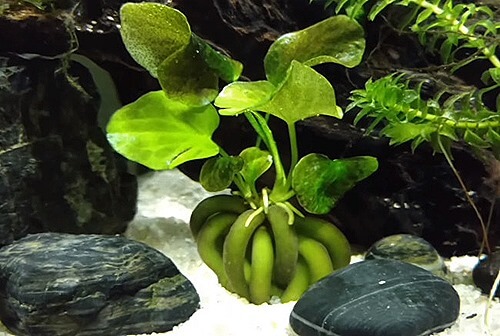 Banana plant #ad
Banana plant #ad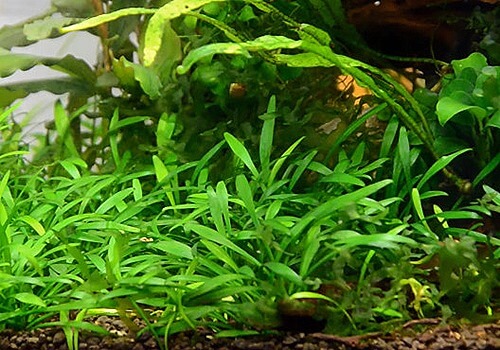 Cryptocoryne parva #ad
Cryptocoryne parva #ad Riccia #ad
Riccia #ad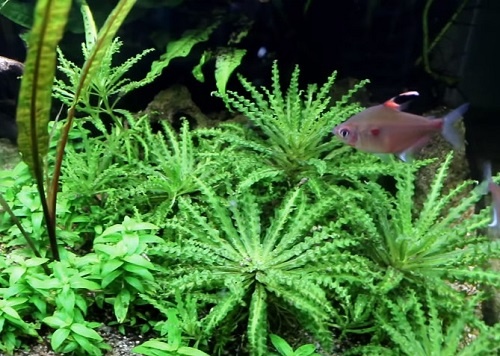 Pogostemon helferi #ad
Pogostemon helferi #ad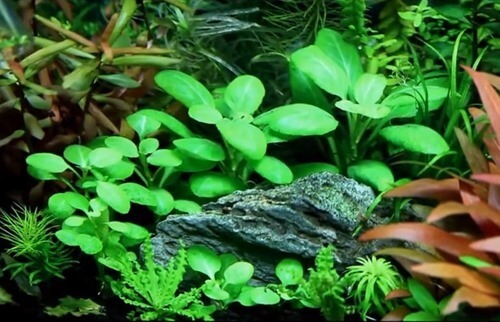 Cardinal plant #ad
Cardinal plant #ad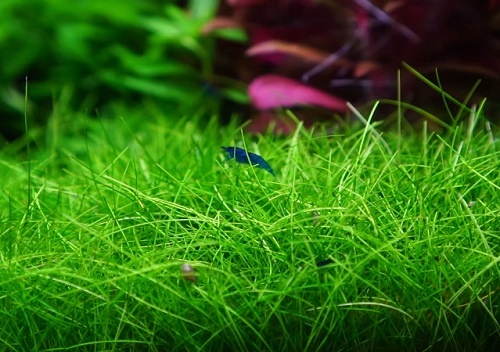 Dwarf Hairgrass #ad
Dwarf Hairgrass #ad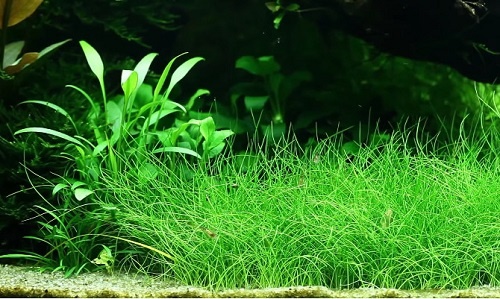 Dwarf Hairgrass #ad
Dwarf Hairgrass #ad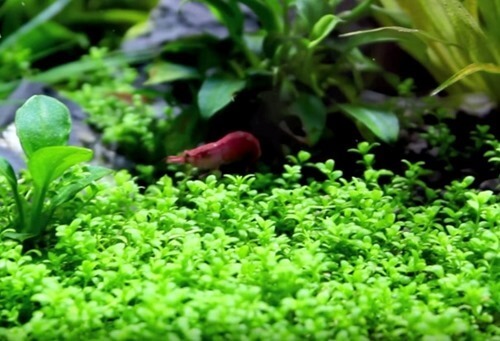 Cuba pearl grass #ad
Cuba pearl grass #ad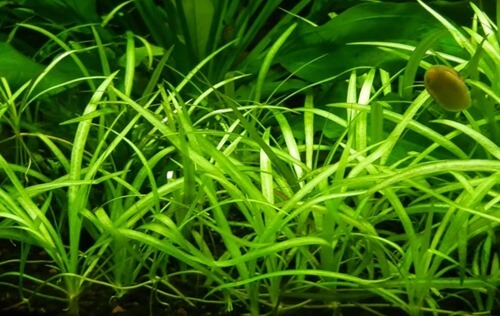 Dwarf Sag #ad
Dwarf Sag #ad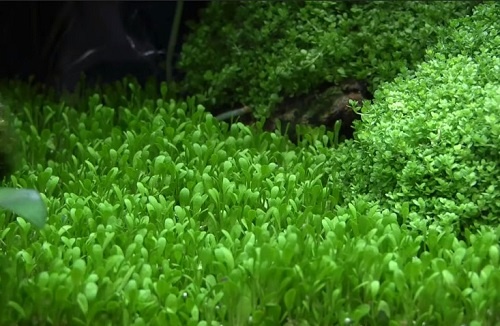 Glossostigma elatinoides #ad
Glossostigma elatinoides #ad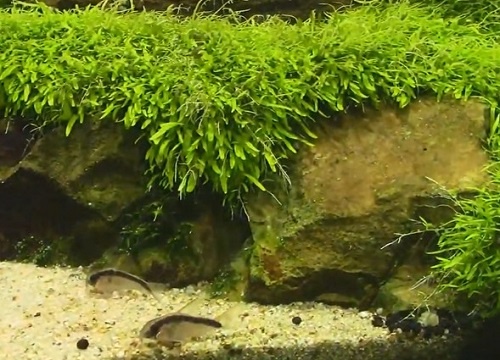 Grass leaved bladderwort #ad
Grass leaved bladderwort #ad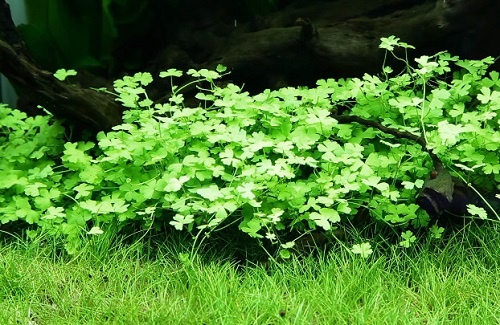 Japanese dwarf pennywort #ad
Japanese dwarf pennywort #ad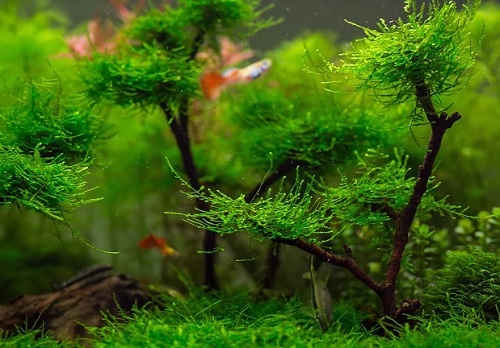 Java moss #ad
Java moss #ad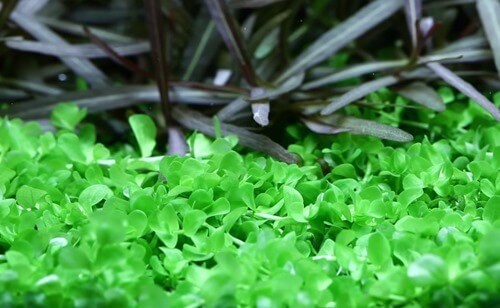 Monte Carlo #ad
Monte Carlo #ad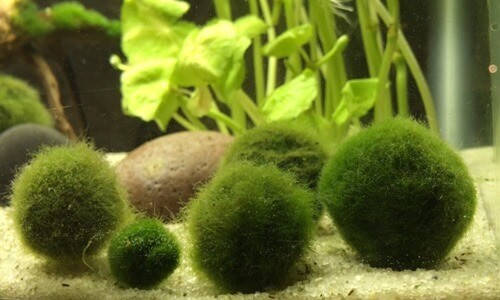 Marimo moss ball #ad
Marimo moss ball #ad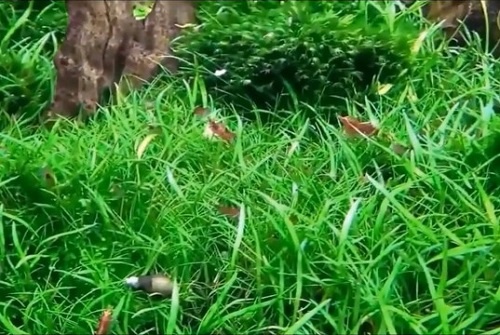 Micro Sword #ad
Micro Sword #ad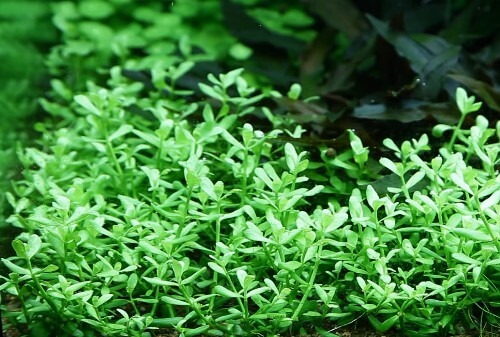 Moneywort #ad
Moneywort #ad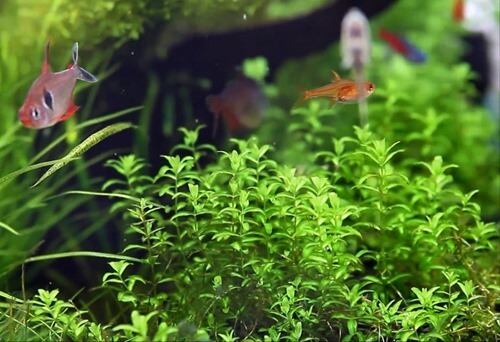 Pearlweed #ad
Pearlweed #ad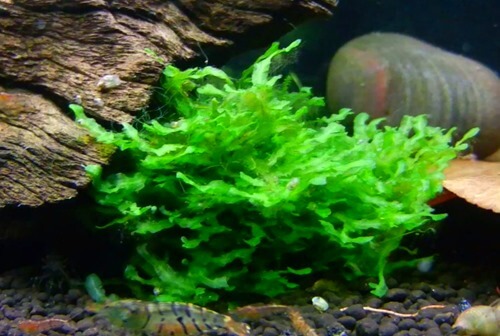 Pellia moss #ad
Pellia moss #ad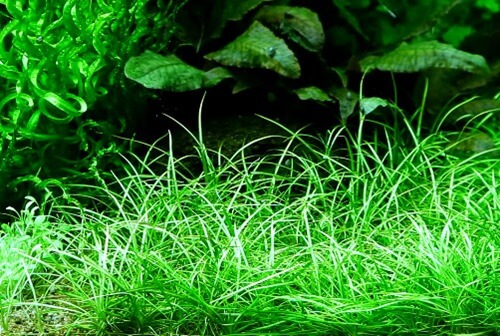 Pygmy Chain Sword #ad
Pygmy Chain Sword #ad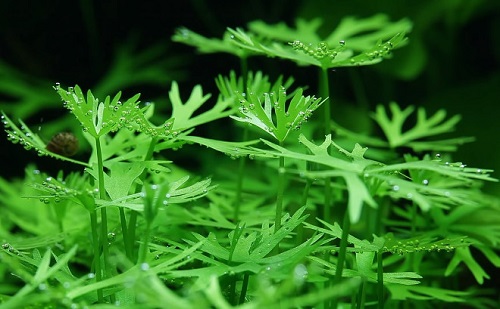 River Buttercup #ad
River Buttercup #ad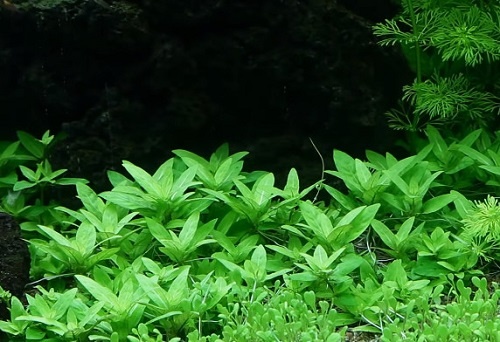 Staurogyne repens #ad
Staurogyne repens #ad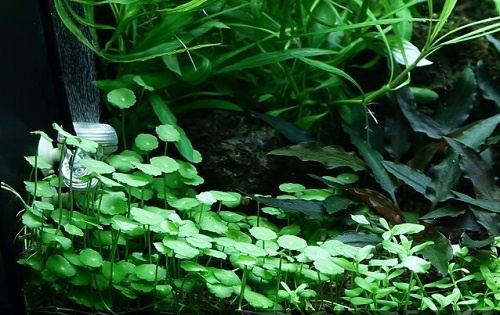 Whorled marsh pennywort #ad
Whorled marsh pennywort #ad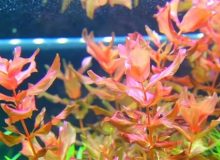
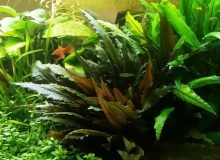
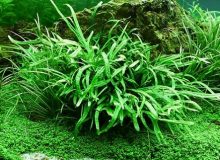
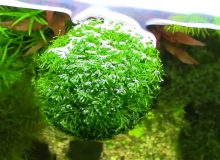
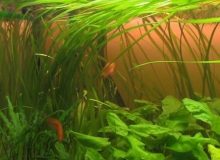
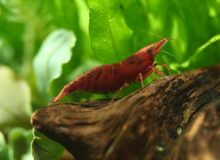
Leave a Reply